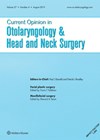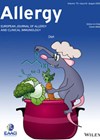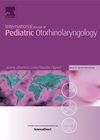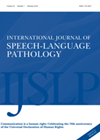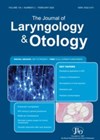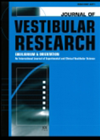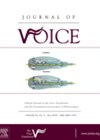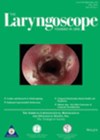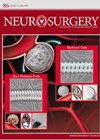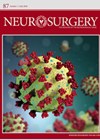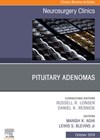
Journal Reviews archive for 2020
Enhanced recovery following surgery for head and neck cancer – the current evidence
Enhanced recovery after surgery (ERAS) programmes are now well established in many surgical specialities as a means of reducing postoperative complications and length of stay in hospital. Whilst many head and neck teams have interventions used to aid postoperative recovery,...
Intranasal steroids in COVID-19
COVID-19 in patients with allergic conditions does not seem to take more severe course. The Global Initiative for Asthma recommended that asthmatic patients who are on prescribed inhaled or oral steroids should continue to take them. Contradictions between guidelines in...
OSA – do the parents know best?
The difficulty in using the history and examination to determine the severity of sleep disordered breathing in children is well established. The relative prevalence of sleep disordered breathing symptoms in children, and the relative paucity of capacity and restrictive cost...
Remembering how to speak
Reminiscence therapy (RT) is an approach that provides people with dementia opportunities to recount nostalgic memories and access thoughts for communication. It is one of the most commonly used therapies in aged care settings. The aim of RT is to...
Two reliable endoscopic myringoplasty techniques for anterior tympanic membrane perforations
Difficulties that arise in closing anterior perforations in the tympanic membrane are due to a narrow isthmus of the external auditory canal and an anterior wall bulge which obscures the most anterior part of the tympanic membrane. The conventional microscopic...
The vestibular system is not immune to chronic otitis media
It is well recognised that chronic otitis media (COM) is a risk factor for sensorineural hearing loss. Studies on the effect of COM on vestibular function have been beset by design biases. The authors designed a case control study to...
Impaired vestibulo-ocular reflex (VOR) gain correlates with hearing loss in vestibular schwannoma
The lack of correlation between the size of vestibular schwannoma (VS) and degree of hearing loss and vestibular function tests is well known. In this retrospective study, the focus was on the correlation between VOR gain of semicircular canal function,...
Patient positioning for transnasal flexible laryngoscopy
The position of a patient’s head during flexible nasendoscopy to visualise the larynx does not usually require much consideration – adequate views are almost always obtained with a patient sitting in a neutral position. Occasionally however, there will be patients...
Audiometric outcomes following endoscopic stapes surgery
Adding to the evidence base for endoscopic stapes surgery, this systematic review and analysis of outcomes sought to establish the efficacy and safety of this approach. This review included 14 studies with a pooled sample of 314 adult patients. The...
Gender inequality across medical specialties in the United States
The authors of this study collected and evaluated 4222 surveys of patient satisfaction ratings of male and female residents across subspecialties in the United States. Half of the evaluated residents were females, with first and second year residents being evaluated...
Preoperative prediction of pain outcomes in patients with trigeminal neuralgia
The authors of this retrospective study have developed a preoperative trigeminal neuralgia (TN) grading system for the preoperative prediction of long-term pain relief after microvascular decompression (MVD). Patients who had become refractory to or developed toxicity to carbamazepine or oxycarbamazepine...
Prolactinomas: when to operate
Prolactinomas are the most common functional pituitary adenomas, comprising 40% of all pituitary adenomas. There are consensus guidelines and several common management pathways. This article discusses the role of surgery for these patients. Following diagnosis, the goals of treatment are...

